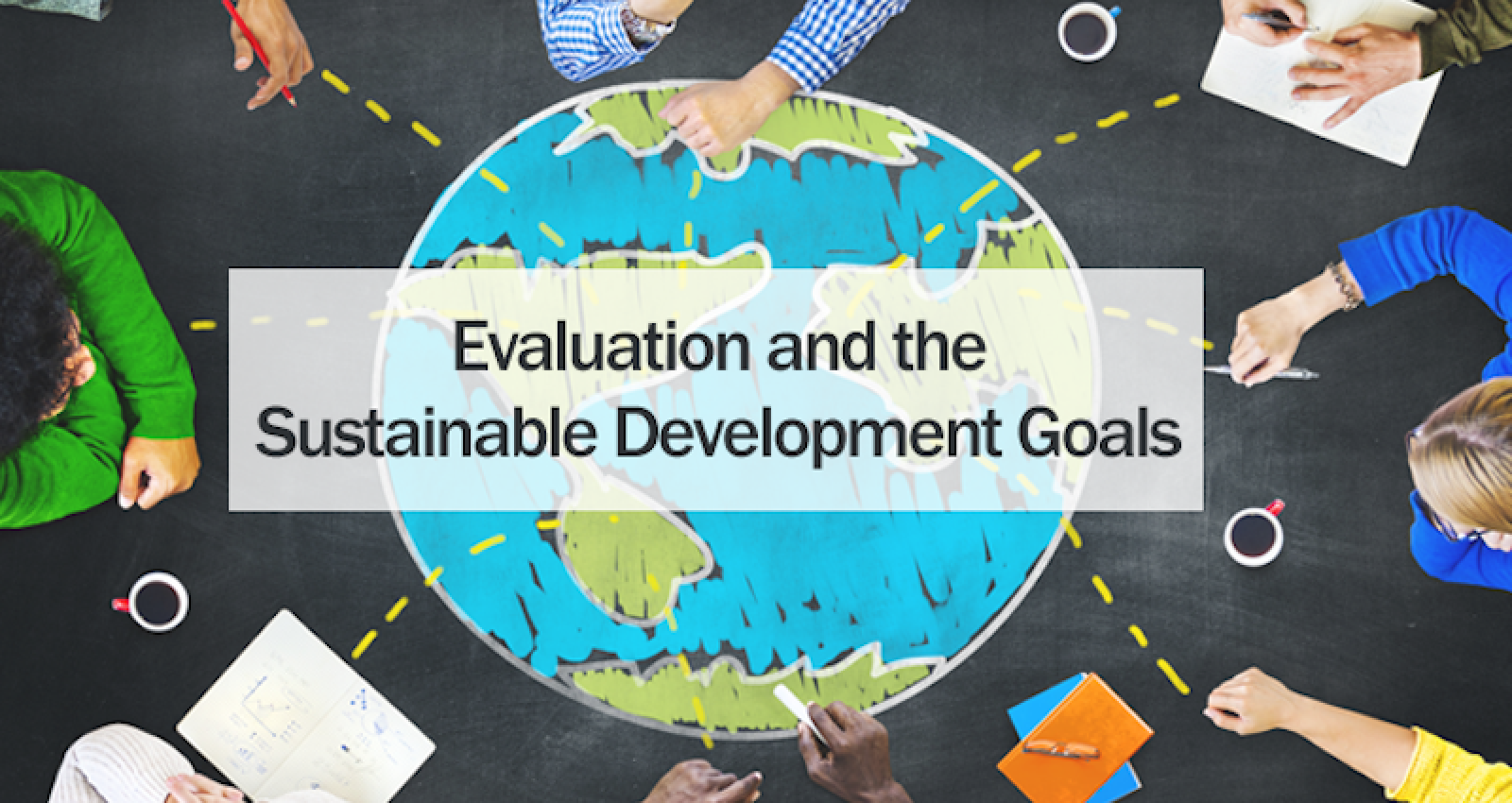Evaluation Capacity: Central to Achieving the SDGs
Now that the International Year of Evaluation (EvalYear) is drawing to a close, what's next?
Now that the International Year of Evaluation (EvalYear) is drawing to a close, what's next?
By: Caroline Heider
In 2009, the President of IDEAS invited me to give the keynote address about evaluation capacity development at the Global Assembly. The address was subsequently published in Influencing Change. The framework I presented found its way into the thinking of others. It led to a paper jointly written with respected colleagues like Marco Segone and Riitta Oskanen Towards a shared framework for National Evaluation Capacity Development. The co-authors brought together evaluation networks of bilateral, multilaterals (both the United Nations and the Multilateral Development Banks), and voluntary organizations. The paper included, among others, a call for creating an enabling environment for evaluation, an idea taken up by EvalPartners and others for their effective work with parliamentarians and beyond.
Six years on, this year saw an unprecedented number of evaluation conferences designed to position evaluation to help shape the agenda for the future. The advocacy campaign for evaluation was deliberately planned to coincide with the end of the Millennium Development Goals (MDGs), the adoption of the Sustainable Development Goals (SDGs) and two global conferences - in Addis Ababa and in Paris - organized to discuss how the new agenda will be financed.
And it is the Financing for Development conference in Addis that heightened opportunities for evaluation capacity in partner and client countries. The premise is clear: domestic public finance is on the rise in absolute terms and as a proportion of investments in development. It comes with obligations for good governance. Actors in public and non-governmental domains will want to learn whether investments are producing expected results and contributing towards achieving the SDGs. And they will want to draw lessons for replicating success while avoiding unnecessary repetition of mistakes. And the SDGs, framed as a global commitment but with local action, have further implications for evaluation at large and for evaluation capacities in particular.
My prediction is that by 2030, countries will be evaluating not only programs funded by domestic public finance, but those financed by external partners, possibly including the private sector.
Was EvalYear sufficient to unleash what's necessary for such a vision to come to fruition? It set out an aggressive agenda. It aimed to engage policy makers in governments and parliaments to understand the importance of evaluation to create an enabling environment for evaluation. This is an important building block to promote and develop evaluation capacities.
But, as I explained in my contribution to Influencing Change, processes are just as important for capacity development as all else. Here are a couple of ingredients that have proven effective - through action research and validated through evaluation - for capacity development:
This level of sophistication of capacity development requires strong ownership within countries. And, I would argue that this will be the only way to integrate the many inputs from bilateral, multilateral, and non-governmental partners who are supporting evaluation capacity development in various ways.
What's next? Getting some countries already committed to evaluation to lead the way and demonstrate how it can be done, and dialogue with the next wave of countries ready to engage on this journey.

Comments
Add new comment